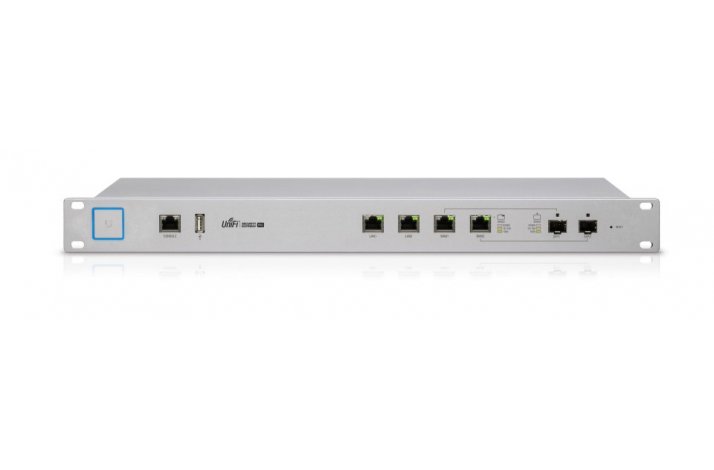

To add this, follow step 4 again, but change the “inbound-interface” to the interface of the LAN or VLAN you’re sourcing the traffic from.

If you’re testing the port forward internally, which is sourced from a client on a LAN or VLAN behind the same USG, hairpin NAT is needed.A file has to be created in order to make these changes permanent – see here. The changes made in SSH are not persistent across any provisions by the controller or reboots of the USG itself.You can also type the “?” key at any time in the command to bring up a list of available options you can type in. The NAT rule can be anywhere between 1-4999, with the lower number taking priority over the rules following it.Leave all else at defaults, and press Save.ĥ. Destination Port group > Create port groupĤ.Press Create New Rule while on the WAN IN page Create a firewall rule on WAN_IN to allow the port forward.Ģ. This will require SSH or console access to the USG. Below is an example of a WAN2 port forward, where the WAN2 address is 100.11.12.13 on eth3, and the forwarded port 22 to internal address 172.16.0.7ġ. If you have a multi-wan configuration, port forwards will need to be manually added to WAN2, as well as the firewall rules to allow those port forwards. Port forwards are currently only provisioned to WAN1. The UDM-Pro has the option of selecting WAN/WAN2 within the port forward configuration in the controller (Settings > Routing & Firewall > Port Forwarding). This process is applicable to the USG only. This will require SSH or console access to the USG. The USG cloud key.Port forwards are currently only provisioned to WAN1. In order to do this, a JSON file needs to be created on Last thing to do is to schedule the script to This ensures that each gateway registers itself in theĭynamic DNS and that the hostnames can actually be found by the script. On the USG Controller, create the dynamic DNS configurations as per below on both sites: Using chmod +x (you will probably need sudo su for permissions)Īnd create the initial /var/log/nfig by issuing Site) and upload them to the USG under /config/scripts and make them executable Save it in the device under /config/scripts/reconfigvpn.shĬreate the scripts (change the hostA to hostB for the 2 nd Make sure to convert the file to LF, save it and upload it to the device. $WR set vpn ipsec site-to-site peer $RemoteIP local-address $MyIP MyIP=$(echo $MyFullIP | grep -Pom 1 '')Įcho "Local IP address change detected - updating local config" PATH=/usr/local/sbin:/usr/local/bin:/usr/sbin:/usr/bin:/sbin:/bin Supports LineFeed), create the following file: Now using VSCode (or any other editor that Multiple tunnels defined in the configuration, but that’s not the point. If you have multiple internal IP ranges, you will see Next, SSH into the device and pick the following lines of the configuration: Creating the configuration through the GUI, creates the configuration on the device itself. Now you can’t just use the hostnames in the VPN configuration as you need to put in the raw IP addresses in the configuration.What we ended up with was the following:Ĭreate the IPSEC tunnel through the GUI (using the dynamic IP’s) as if the IP addresses where static. We thought of a better way of doing this using scripts and dynamic DNS.
Peakhour 4 ubnt usg update#
(Controllers), you need to manually update the configuration after each IP Not between two USG’s or the USG’s are managed by 2 different Cloud Keys You look at the USG documentation, if the S2S is managed by a single USGĬontroller (between two sites) this happens automatically, but if the S2S is One of my friends asked me how I would solve the problem ofĭynamic IP addresses being used in a S2S VPN configuration. Running a Unifi USG gateway does have its challenges every


 0 kommentar(er)
0 kommentar(er)
